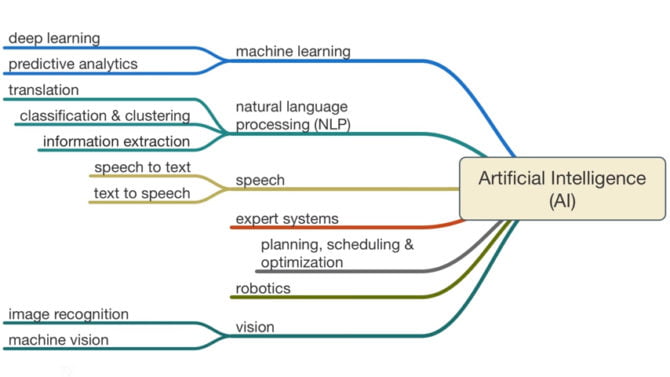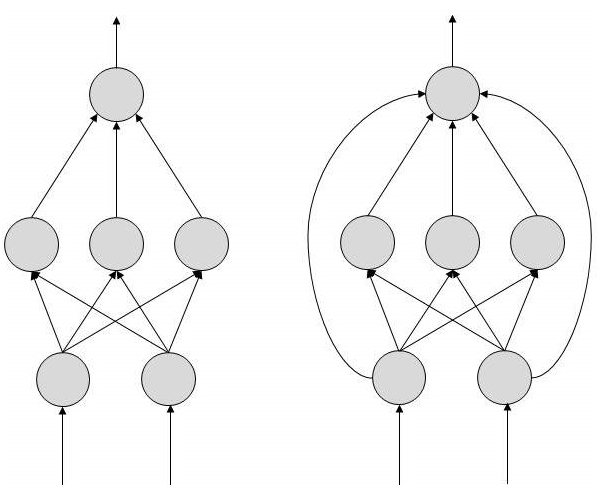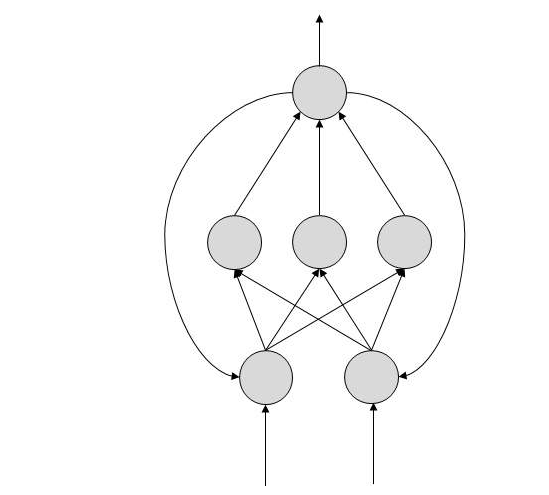What Is Artificial intelligence?
It is the science and engineering of making machines, especially intelligent, smart and brilliant computer programs. Similarly, Artificial intelligence is the simulation of human intelligence that the machine processes and computer systems.

These processes include:
- Learning: the procession and collection of information and rules for using information.
- Reasoning: using the rules and guidelines to reach the conclusion and goals.
- self-correction.
Advantages of Artificial intelligence:
- It can perform the complex tasks easily that are difficult for us.
- It can complete the task and duty faster as compared to us.
- Fewer errors and defects.
- Gives accurate results.
- It can discover and explore things.
- It is more versatile than humans.
Sub areas of Artificial intelligence:
- Neural networks
- Game theory
- Programming languages
- Expert systems
- Genetic algorithmics
- Speech/handwriting recognition
- Vision
- Robotics
- Search algorithms
- Learning systems
- Natural language processing
- Common knowledge databases
- Logic
- Agents
- Planning and prediction
- Automation software

Components of Artificial intelligence:
- Perception
- Learning
- Reasoning
- Problem-solving
- Language understanding.
Artificial intelligence and the neural network are basically inspired by the natural neural network of a human nervous system that is neurons in the brain. The neural network does not simulate to neurons. The artificial and neural network contains typically less than 10^11 neurons that are in the human brain. Artificial neurons are called units. They are very simple as compared to human neurons.
What are Artificial intelligence and neural networks (ANN)?
The inventor of the first neural network, Dr. Robert Hecht-Nielsen, defines the neural network as:
“…a computing system made up of a number of simple, highly interconnected processing elements, which process information by their dynamic state response to external inputs.”
Artificial intelligence and the neural network is an information processing paradigm. It contains a large number of interconnected neurons. It is made for applications like pattern recognition and data classification.

Artificial neural network objective:
Its objective is to provide and process the information in the same way as the human brain would.
In the neural network, there is the dynamic connectivity. In this, the computation is collective. Memory is distributed internalized and short term. It has redundancy and sharing of responsibilities. It is applicable if rules are unknown and complicated or if the data is noisy or partial.
Each neuron in the ANN receives a large number of inputs. The functions are applied to these inputs which result in the activation level of neurons. It contains the output value of the neuron.
Artificial neural network model:
The artificial neural network is designed by the following ways:
- Neuron mode: It is the information processing unit of the neural network.
- An architecture: A group of neurons connecting neurons. Each neuron has a weight.
- A learning algorithm: It is used for the training of the neural network by changing the weights in order to know the learning task accurately.
The aim is to obtain the neural network that is trained and generalized as well.
Working of ANN:
In ANN each arrow represents a connection between two neurons. It indicates the pathway for the flow of the information. Each of the connection has a weight and an integer number. It controls the signal and connection between the two neurons.
If the network generates the desired output or result then there is no need to change the weights. Whereas if the network generates the poor or error result then there is a need to change the weights in order to improve the results and outputs.
As it is a machine learning approach that models the human brain. It consists of a large number of artificial neurons.
The input to the network is represented by x1. Each for this input is multiplied by the weights.
sum = w1 x1 + ……+ wnxn
These products are simply sum-fed through the transfer function in order to generate the result that is the output.
Types of the artificial neural network:
The neural network is sometimes defined in terms of its depth. How many layers are there in between input and the output, it is still unknown. That’s why it is also known for deep learning. It can also be described by the number of hidden nodes that the model has or in terms of how many inputs and outputs each model has.
It has two types:
- FeedForward ANN.
- FeedBack ANN.
FeedForward ANN:
In this the flow is unidirectional. Information will pass straight to the output through input. There may or may not be a hidden layer. A unit sends information to the other units from which it does not receive information. It has a linear function. There are no feedback loops. They are used in pattern recognition or in classification recognition. They have fixed inputs and outputs.

FeedBack ANN:
In this, the loops are allowed. It is a complex and recurrent neural network. They are used in content addressable memory.

Advantages of the Artificial neural network:
- The artificial neural network can perform the tasks that the linear programs cannot perform.
- A neural network can learn and it does not need to be reprogrammed.
- They can handle the missing data.
- It can work even in noisy places.
- The neural network is easy to maintain.
- It has high accuracy.
- The neural network is independent of the prior assumptions.
- The neural network can be implemented in parallel hardware.
- Autonomous learning and generalization.
- Network redundancy.
- Gradual corruption.
Disadvantages of the Artificial neural network:
- The unexplained behavior of the network systems.
- ANN is Hardware dependent.
- They face difficulty in showing problems to the network.
- The duration of the network is unknown.
- It is difficult to determine the proper network structure.
Applications of a neural network:
- Classification
- Recognition
- Assessment
- Forecasting and prediction.
Classification:
- In marketing: it is used in pattern classification.
- In medicine: it is used in ultrasound, EEGs, medical diagnosis and electrocardiogram image classification.
- In defense: it is used in radar and sonar image classification.
- In agriculture and fishing: it is used in fruit and catch grading.
Recognition and prediction:
- In computing and telecommunication: It is used in speech, vision and handwriting recognition.
- In finance: It is used in signature verification.
Assessment:
- In engineering: it is used in product inspection monitoring.
- In defense: it is used in target tracking.
- Insecurity: it is used in motion detection and in fingerprinting matches.
Forecasting and prediction:
- In finance: It is used in the foreign exchange rate and in stock market forecasting.
- In agriculture: It is used in crop yield forecasting.
- In marketing: It is used in sales forecasting.
- In meteorology: It is used in weather forecasting.
Future Scope:
An understanding of the future of the neural networks and their application will help researchers to appreciate their importance. Artificial intelligence research is directed towards the development of artificial life which is not possible to be created without the artificial brain-like processing unit forming an integral part of its behaviors and physical structure.





Share Your Thoughts